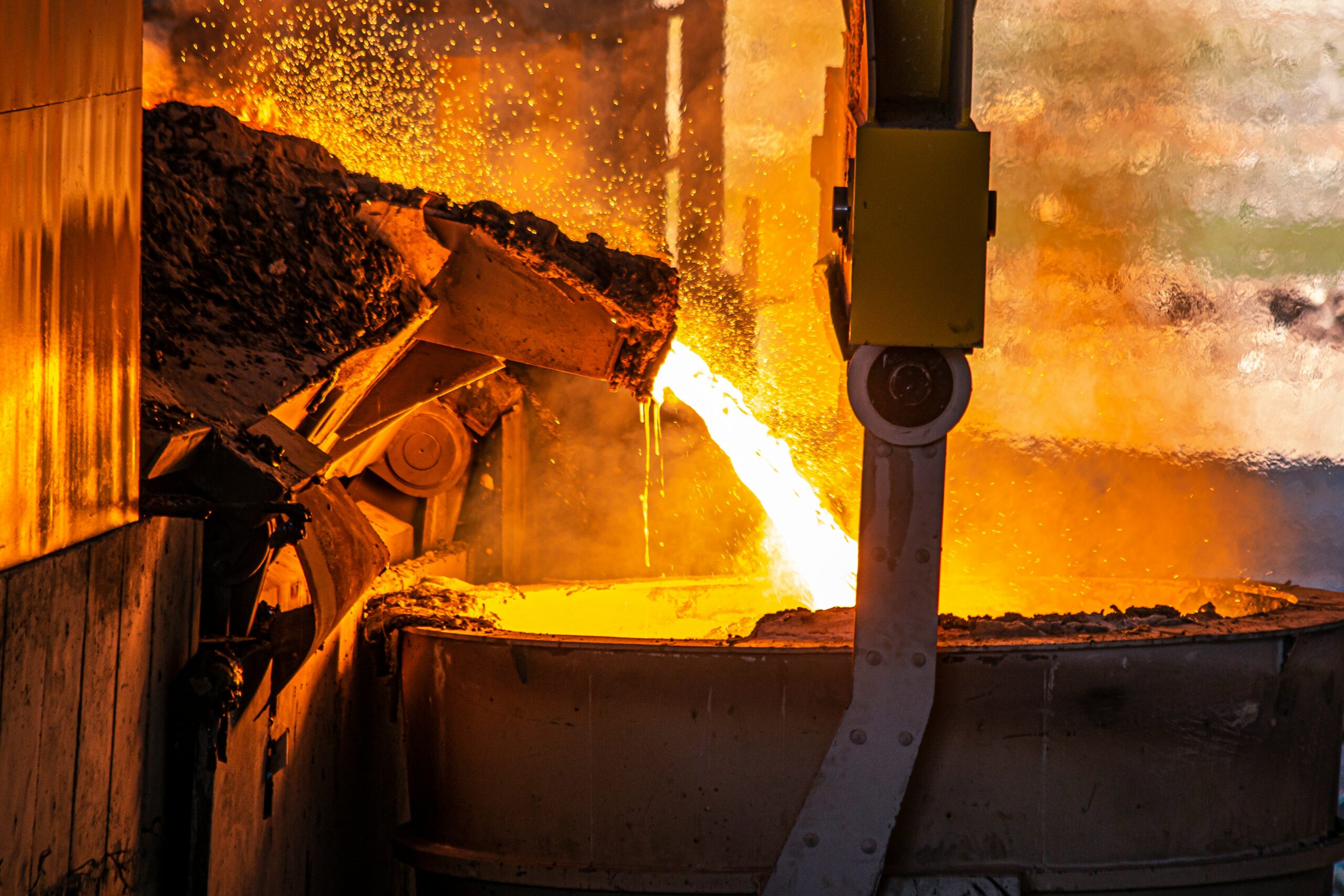As a preview of our newly released technical report, our Cleantech Analyst Antoine Koen was interviewed by Kira Taylor for last week’s edition of The Jolt podcast on decarbonizing high-temperature heat in industry.
In most cases, the best solution will be direct electrification, despite significant economic challenges due to high energy costs, as it is the only truly future-proof option. Making it feasible requires lowering electricity costs, among other measures.
Expanding grid capacity and coverage increases electricity supply locally, reducing costs and enabling currently insufficiently connected plants to electrify (especially SMEs). Solar and wind power generation are cheap if their intermittency can be addressed at low cost, which is uniquely feasible for HT applications with thermal storage in the short to medium term. Thermal storage can be much cheaper than batteries. Still, it is crucial to strongly and continuously support renewable expansion by a combination of other storage technologies and the development of dispatchable clean power (e.g. advanced geothermal).
In addition to electrification, there are multiple potential options to directly generate clean heat further down the line, especially at low and medium temperatures. These options include concentrated solar or geothermal, and could have advantages over electric heat in the future, in particular if grid access remains a severe bottleneck for direct electrification.
Our new technical report comprehensively compares the different technology pathways available for decarbonizing high-temperature heat processes in industry. The analysis answers key questions, including which pathways are most promising, which limitations exist today, and which systemic changes – both inside and outside industrial plants – are required for a techno-economically successful transition to clean high-temperature heat in industry. You can find the complete report here!

